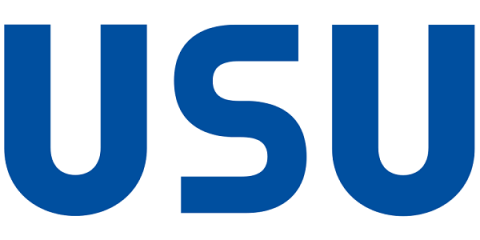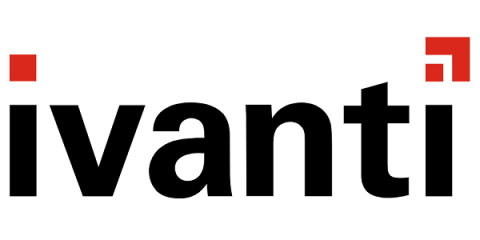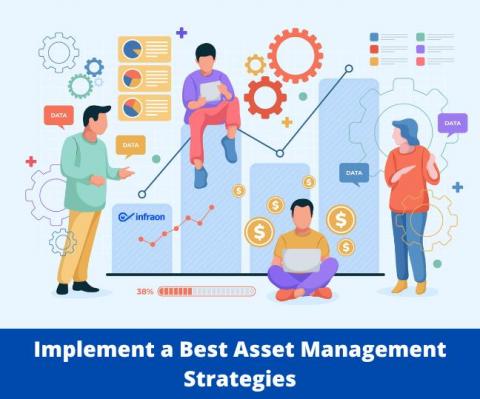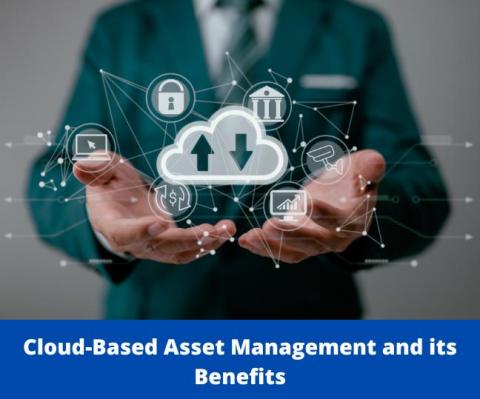Operations | Monitoring | ITSM | DevOps | Cloud
Asset Management
The latest News and Information on Asset Management, Device Management and related technologies.
How to Create the Perfect Kiosk Mode on Shared iPads
Since the release of the first iPad, businesses have been clamoring to use it as a corporate device. Over the years, more enterprise capabilities have been added to iPads, allowing IT admins to provide protection while fulfilling various use cases – depending on whether the device is corporate-owned or a BYOD deployment.
What Are the Various Benefits of Automation in Manufacturing?
Every manufacturing unit thinks of maximizing its profits, which can be done by enhancing its production or reducing expenses. Asset management software can be helpful in increasing return on investment (ROI). To increase productivity, one must follow a rigid process of good management in the whole system. Automation plays a very important role in this.
What Are the Optimization Points for Asset Management with the Right SaaS Solution?
For any business to excel it must have a set of rules to follow, and a management team to tell what is best for its organization. There are multiple assets in an organization, if they are not being managed well then there is a direct impact on the business’s performance. But thanks to the technology that has grown enough to help the organization manage assets in a very effective manner through the use of software like Asset Management Software.
Healthcare IT Security Budgets Aren't Keeping Pace With IoMT Threats
The impact of ransomware attacks on healthcare is as alarming as it is under-addressed. These attacks on the United States healthcare system alone are causing an annual burden of nearly $21 billion, including well over $100 million in ransoms. While the financial costs help illustrate the scale of the problem, the true cost is the tragic reality of impacted patient care – including higher patient mortality rates.
Implement a Best Asset Management Strategies
3 Reasons to Use Asset Management Software in Real Estate Firms
Every manager in the real estate industry wants to minimize the organization’s expenses and ensure every asset and equipment is available where it is required so that no work operation hindrance occurs. In order to maintain a real state structure, it is important to create a complete list of assets attached to each real estate. However, when all these activities are done manually then it leads to several issues. This is where automated Real Estate Asset Management comes into play!
Cloud-Based Asset Management and its Benefits
Going All In: Why Customer Zero Is the Ultimate Gift to Your Customers - and Your Own Team
Innovation in DevSecOps must keep pace with the speed of the dynamic, volatile modern cybersecurity environment. Yesterday’s solution worked beautifully…yesterday. What has it done for me today? Continual iteration and speed are paramount, but they’re not without risks. As a SaaS provider, how do you know that the latest evolution of your product works at scale? How do you know that it works at all?
How Ivanti Deters Malicious Threats in the Everywhere Workplace
Back in May of this year, Verizon published its 15th annual Data Breach Investigation Report (DBIR) for 2022 which states that 82% of breaches involved the human element, whether it is the user of stolen credentials, phishing, misuse, or an error, people are the biggest contributors to security incidents and breaches. The past several months has also resulted in numerous phishing attacks via corporate email and SMS text messages.








